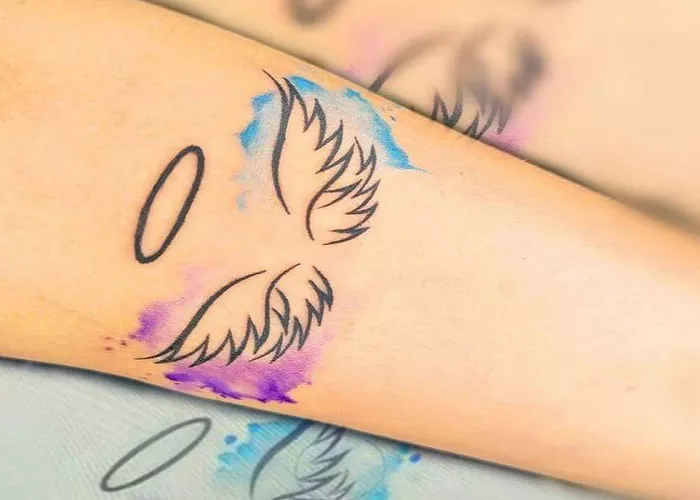A recent discovery has revealed rare and unconventional facial tattoos on an 800-year-old mummy from South America, offering fresh insights into ancient body art practices in the Andean region. The findings, published in the May–June issue of the Journal of Cultural Heritage, detail the remarkable facial ink of a female mummy housed at the Italian Museum of Anthropology and Ethnography.
Minimalist Design, Unusual Placement
Unlike the elaborate tattoos typically found on ancient South American remains—often adorning the hands, wrists, forearms, and feet—the woman’s face bears a minimalist design. Researchers identified three simple lines on her right cheek, with a single line on her left cheek and an S-shaped motif on her right wrist.
An international team of anthropologists employed infrared reflectography, a technique commonly used in art conservation to uncover hidden layers beneath a painting’s surface. This allowed them to detect subtle tattoo markings not immediately visible to the naked eye.
Inks Made from Rare Minerals
What sets this discovery apart is not just the tattoo’s design, but also its composition. Archaeological tattoos are generally assumed to be inked with charcoal, a widely available and historically common pigment. However, the team’s non-invasive analysis revealed a surprising composition: the ink was made using magnetite—an iron oxide mineral—combined with traces of augite, a rare mineral typically found in volcanic rock.
The presence of both minerals suggests a geographical origin for the woman. According to the study, magnetite and augite occur naturally together in southern Peru, pointing to that region as a possible homeland for the mummy.
New Perspectives on Ancient Body Art
Body modification, including tattooing, has long been a global practice tied to identity, beauty, status, and ritual. This finding expands the understanding of tattooing practices in pre-Columbian South America, suggesting a wider diversity in both design and materials than previously documented.
As the study highlights, the discovery not only underscores the complexity of ancient Andean cultures but also the technical and symbolic sophistication involved in their body art traditions.
Related topics:

